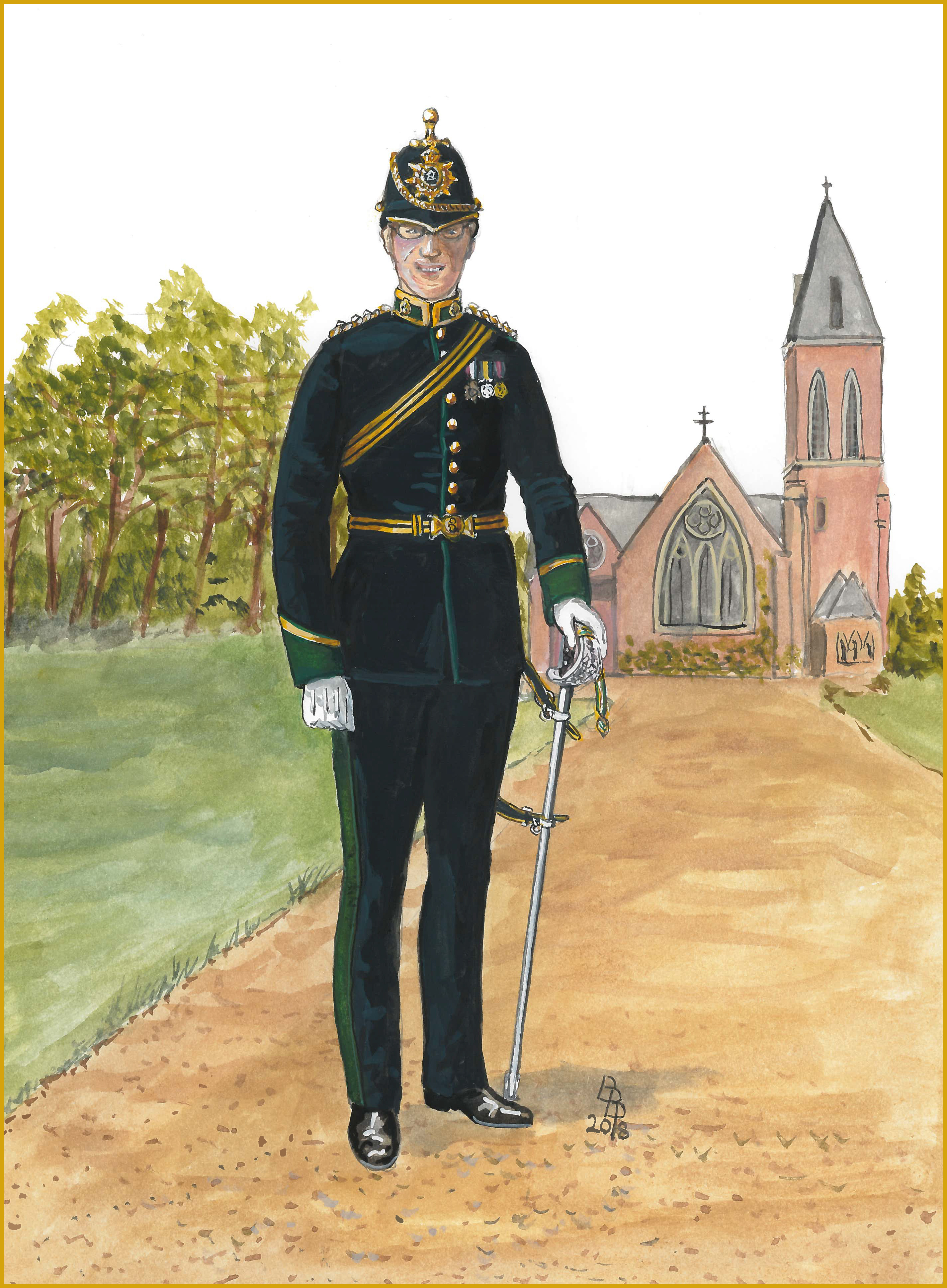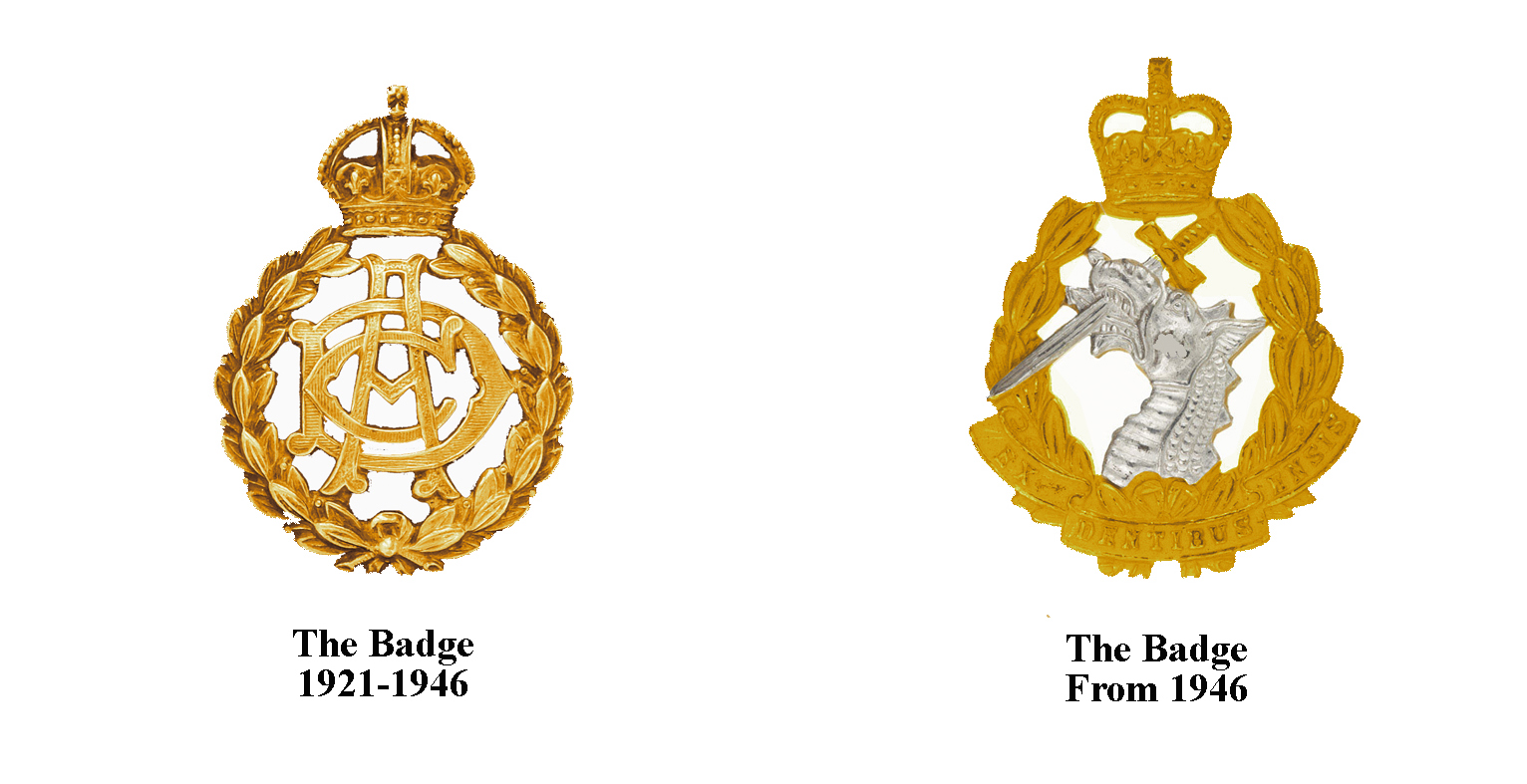THE BRITISH ARMY DENTAL CORPS
1936
Until the early 20th century, dental care in the British Army was the responsibility of regimental surgeons. Although oral health was not high on the list of priorities, soldiers were encouraged to look after their teeth. Unfortunately when teeth went bad, they were summarily pulled.
The army's medical services were consolidated into a single corps in the 1880s and a few surgeons were required to deal with dental care. However, it was the Boer War of 1899-1902 that brought the issue to a head. It was one of the largest deployments of British troops, both regular and volunteers to serve overseas. As a result between two and five thou sand troops were repatriated due to dental infections. Only four surgeons were trained in the speciality and were overwhelmed.
When the First World War broke out in 1914, dental care was again, not a priority. Ironically, it may have been the infection of a senior British Officer's teeth that prompted the creation of a special section for dentistry in the Royal Army Medical Corps. In 1916 an Inspecting Dental officer was appointed and by the end of the war, there were 850 Dental officers in the R.A.M.C.
The lack of proper dental care caused the wastage of thousands of fit soldiers from the battlefront so, on the 4th January 1921, the Army Dental Corps was formed. An Army Dental School of Instruction was created at Aldershot the principle garrison of the British Army.
World War II saw the expansion of the ADC and the dental treatment of soldiers became a priority. Mobile Dental unit s, attached to Field Ambulances, were set up which accompanied the fighting troops on most campaigns from Europe, North Africa, Italy and the Far East.
In 1946, King George VI granted the Corps "Royal" status for their services. Today the RADC is an integral part of the Army medical services and serves wherever the army fights or serves.
Full dress uniforms were generally abolished after World War I and when the ADC was formed, they only wore khaki service dress. Their badge was the Cypher "ADC" within a wreath surmounted by a crown in gilt. In 1934, officers were again allowed to wear a full dress uniform for special parades and levees. The dress regulations authorized a uniform of dark blue cloth with Emerald Green facings and gold lace. The style was similar to the RAMC (which had Dull Cherry facings) including the blue cloth helmet with ball finial. From 1934 to 1940 was probably the only time that this uniform was ever worn as such uniforms were again abolished after 1946. The Royal Army Dental Corps today does have emerald green cap-bands and facings on Mess Dress.
The officer shown is standing in front of the Royal Garrison Church at Aldershot. Within the church is a small chapel dedicated to members of the corps who have lost their lives in the service of their country.





